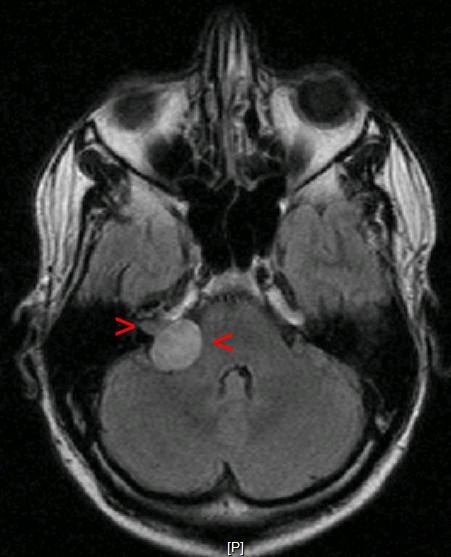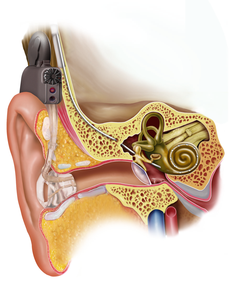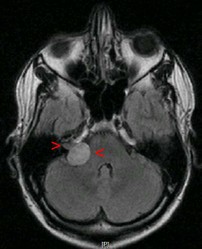Left untreated, a slow-growing or static AN could actually cause no problems at all, although an AN that begins to grow could become life-threatening if it becomes too big. Fortunately, there are ways to detect these tumors when they are still very small, and new methods of treatment have become available in the past few years to give both patients and doctors several options.
If an AN is detected, the patient needs to discuss these options with a specialist. The size of the tumor is important. If it is less than 1.5 centimetres, the doctor may recommend a wait-and-see approach, with a follow-up MRI after six months and another every year after that to determine if the tumor is growing or remaining fairly constant.
Some ANs grow very little each year, while others can grow an average of 1.5 mm annually. They are unpredictable, and can begin growing unexpectedly after remaining virtually unchanged for years. This is why annual MRIs are needed to keep track of the growth.
If treatment is chosen, there are two basic options: physical surgery to remove the growth or radiation to kill it or at least slow its growth. There are pros and cons to each method. Either way, it is highly unlikely the patient will recover any hearing in that ear. In fact, hearing may continue to deteriorate even after treatment, and some facial paralysis can occur.
The good news is that this type of brain tumor will not spread into other parts of the body and will not invade the brain itself.
While a conventional hearing aid will not help, a cochlear implant might restore hearing in the affected ear in some individuals by sending sound signals directly to the brain, bypassing the nerve blockage caused by the tumor. This is a serious, invasive medical procedure used for people with profound hearing loss, so if the individual can still hear well in the other ear, most doctors will not recommend getting one. Some patients with neurofibromatosis 2 develop ANs on both sides of the brain, in which case a cochlear implant can restore enough hearing to be useful to the patient.
Another option for some AN patients is a Baha speech processor (bone assisted hearing aid), a device created by doctors at Johns Hopkins University's Acoustic Neuroma Center. It is a hearing aid anchored to the skull, which transmits sound waves through the bone of the skull and to the nerves of the inner ear.








 Versatile Nova Scotia Duck Tolling Retrieverson 08/02/2014
Versatile Nova Scotia Duck Tolling Retrieverson 08/02/2014
 Should You Spay or Neuter Your Puppy?on 08/12/2014
Should You Spay or Neuter Your Puppy?on 08/12/2014
 Horse Racing History: the Preakness Stakeson 05/15/2014
Horse Racing History: the Preakness Stakeson 05/15/2014
 Dinosaurs Will Be On Display in Trenton, Ontario, Canadaon 07/29/2013
Dinosaurs Will Be On Display in Trenton, Ontario, Canadaon 07/29/2013



Comments
My oldest son has brain tumors such as this. He had gamma knife radiation which "killed" it but he is deaf in one ear. He now has another tumor that is growing slowly on the other side. Thankfully they do grow slowly.